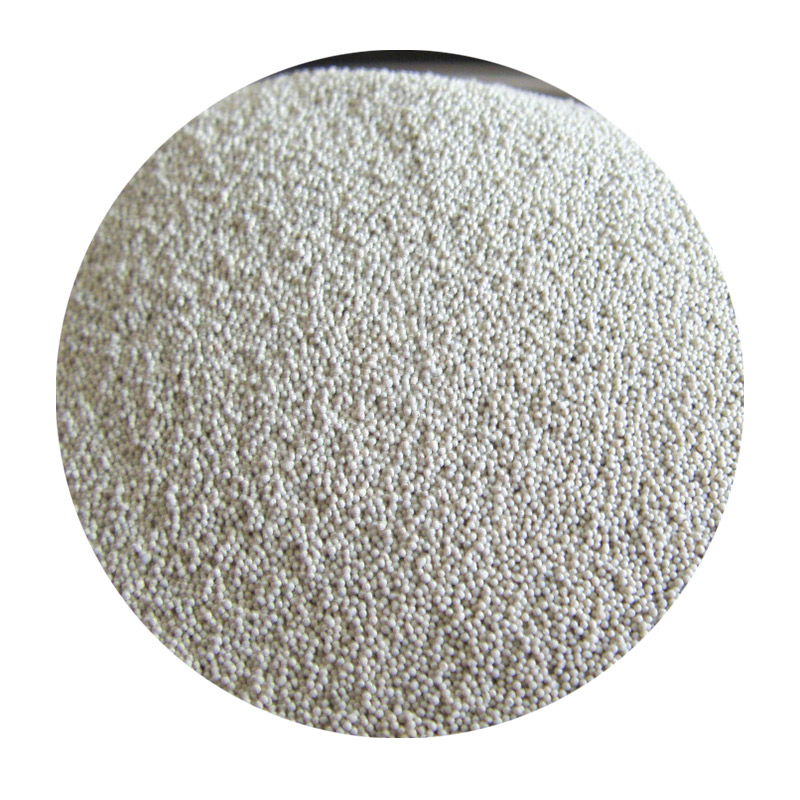Is Sand Casting Expensive?
Sand casting is a widely utilized manufacturing process that involves the creation of metal parts through the use of sand molds. This method has been around for centuries, offering a variety of advantages but also certain drawbacks, particularly concerning cost. In this discussion, we will explore the factors contributing to the expense of sand casting, compare it to other manufacturing techniques, and assess its overall value in the context of modern industry.
Understanding Sand Casting
Sand casting, also known as sand mold casting, starts with the creation of a mold from a mixture of sand, clay, and water. The pattern of the desired part is pressed into the sand to form a cavity. Once the pattern is removed, molten metal is poured into the mold to create the final product. After cooling, the sand mold is broken away to reveal the casting.
This process is favored in industries that require complex shapes and larger parts, such as automotive and aerospace manufacturing. The technique allows for the production of intricate designs and is suitable for both ferrous and non-ferrous metals.
Cost Factors in Sand Casting
Several factors can determine the cost of sand casting. Some of the most significant include
1. Pattern Development The creation of a mold pattern, especially if it has complex geometries, can be expensive. Patterns are often made from durable materials like metal or plastic to withstand the casting process, adding to the upfront costs.
2. Material Costs The choice of metal significantly affects the overall expense. Precious metals or alloys can be quite costly compared to more common materials like aluminum or iron. Additionally, the price of raw materials can fluctuate, impacting the final cost of the casting.
3. Labor Involvement Sand casting is labor-intensive compared to other manufacturing methods. Skilled workers are often required for pattern making, mold preparation, and quality control. Labor costs can vary by region and impact the overall price of the casting process.
4. Setup and Production Time The time required to set up a sand casting operation can be extensive. This includes preparing molds and ensuring the machinery is operating correctly. Longer setup times can increase the labor cost, especially for small production runs.
is sand casting expensive

5. Post-Processing Requirements Many sand castings require additional machining or finishing processes to achieve the desired surface quality and tolerances. These post-processing steps add to the overall expense.
Comparing Sand Casting with Other Techniques
When compared to other manufacturing processes, such as investment casting or die casting, sand casting can be seen as both advantageous and disadvantageous depending on the application.
- Investment Casting Generally offers more precision and a better surface finish. However, the initial costs are higher due to the complexity of making the molds. For small production runs or highly detailed parts, investment casting can be more expensive than sand casting.
- Die Casting This method allows for rapid production and smooth finishes but typically requires a significant initial investment in molds and machinery. For large-scale production, die casting can be less expensive per unit.
The Value Proposition
While sand casting may come with higher costs, it provides unique benefits that are worth considering. The ability to produce large and complex parts, along with low tooling costs for small batches, makes it an attractive option for many manufacturers. Moreover, the versatility of materials and the capability to produce heavy components make it invaluable in certain industries.
Ultimately, whether sand casting is considered expensive depends on the context of the project at hand. Companies must evaluate their specific needs, quantities, and quality requirements to determine if the advantages of sand casting justify the costs involved.
Conclusion
In summary, sand casting involves several factors that can influence its cost, including pattern development, material choice, labor requirements, and post-processing needs. While it may not always be the cheapest option available, its unique capabilities and flexibility make it a crucial player in the manufacturing landscape. Understanding these components can aid manufacturers in making informed decisions based on their specific production needs and financial constraints.
Post time:9月 . 26, 2024 06:16
Next:الفرق بين صب الرمل ويموت الصب
